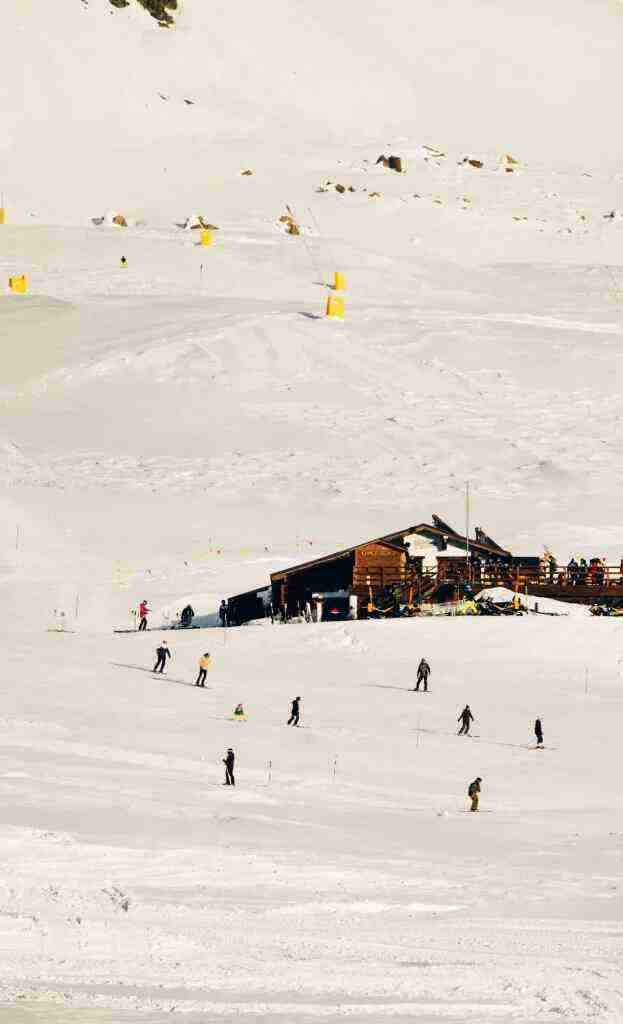Winterizing Your Car: Essential Steps for Safe and Reliable Travel
Introduction
As the days grow shorter and the temperatures plummet, it’s time to prepare your car for the harsh winter conditions that lie ahead. Winterizing your vehicle is crucial for ensuring safe and reliable travel during the cold months. Neglecting this essential task can lead to costly breakdowns, accidents, and inconveniences.
1. Check and Replace Tires
Your tires are the only point of contact between your car and the road, so it’s vital to ensure they’re in top condition. Inspect your tires for any signs of wear or damage, such as bulges, cracks, or uneven tread wear. If necessary, replace them with winter tires or all-season tires with a good tread depth.
Tip: Consider investing in a set of snow chains or cables for added traction in extreme winter weather conditions.
2. Top Up Fluids and Anti-Freeze
Extreme temperatures can wreak havoc on your car’s fluids, so it’s crucial to check and replenish them regularly. Ensure your coolant/antifreeze mixture is at the proper level and contains the correct ratio of antifreeze to water. Also, check and top up your brake fluid, power steering fluid, and windshield washer fluid.
3. Inspect and Repair Lights
Proper visibility is paramount during the dark winter months. Inspect all your car’s lights, including headlights, taillights, brake lights, and turn signals, to ensure they’re functioning correctly. Replace any burned-out bulbs promptly.
4. Test Your Battery
Cold weather can significantly reduce your battery’s performance, making it more prone to failure. Have your battery tested by a professional to determine its condition and replace it if necessary. Consider investing in a battery charger to keep your battery in good shape during extended periods of inactivity.
5. De-ice and Remove Snow
Before hitting the road, always clear any ice or snow from your car’s windows, mirrors, and lights. This ensures you have clear visibility and prevents accidents. Use a snow brush and ice scraper to remove snow and ice buildup.
6. Winterize Your Windshield Wipers
Your windshield wipers are essential for maintaining clear visibility during rain, snow, and sleet. Replace worn or damaged wiper blades with new ones designed for winter conditions. Also, consider applying a windshield wiper fluid de-icer to prevent the fluid from freezing.
7. Pack an Emergency Kit
Being prepared for emergencies is always a good idea, especially during winter. Assemble an emergency kit that includes items like a first aid kit, flashlight, blankets, snacks, water, a shovel, and a bag of sand or kitty litter for traction in icy conditions.
Tip: Keep a fully charged portable phone charger in your car for emergencies.
8. Drive Carefully
Adjust your driving habits to accommodate the winter conditions. Drive slowly and smoothly, allowing extra time for braking and acceleration. Increase your following distance from other vehicles and be prepared for sudden stops or skids.
Remember: Winter driving requires extra caution and patience.
Conclusion
By following these essential steps, you can winterize your car and ensure safe and reliable travel during the cold winter months. Remember, regular maintenance and preparation are key to preventing breakdowns and accidents. Stay safe and enjoy the winter season!
Call to Action: Share this post with your friends and family to spread awareness about the importance of winterizing your car. Together, we can make our roads safer for everyone.
